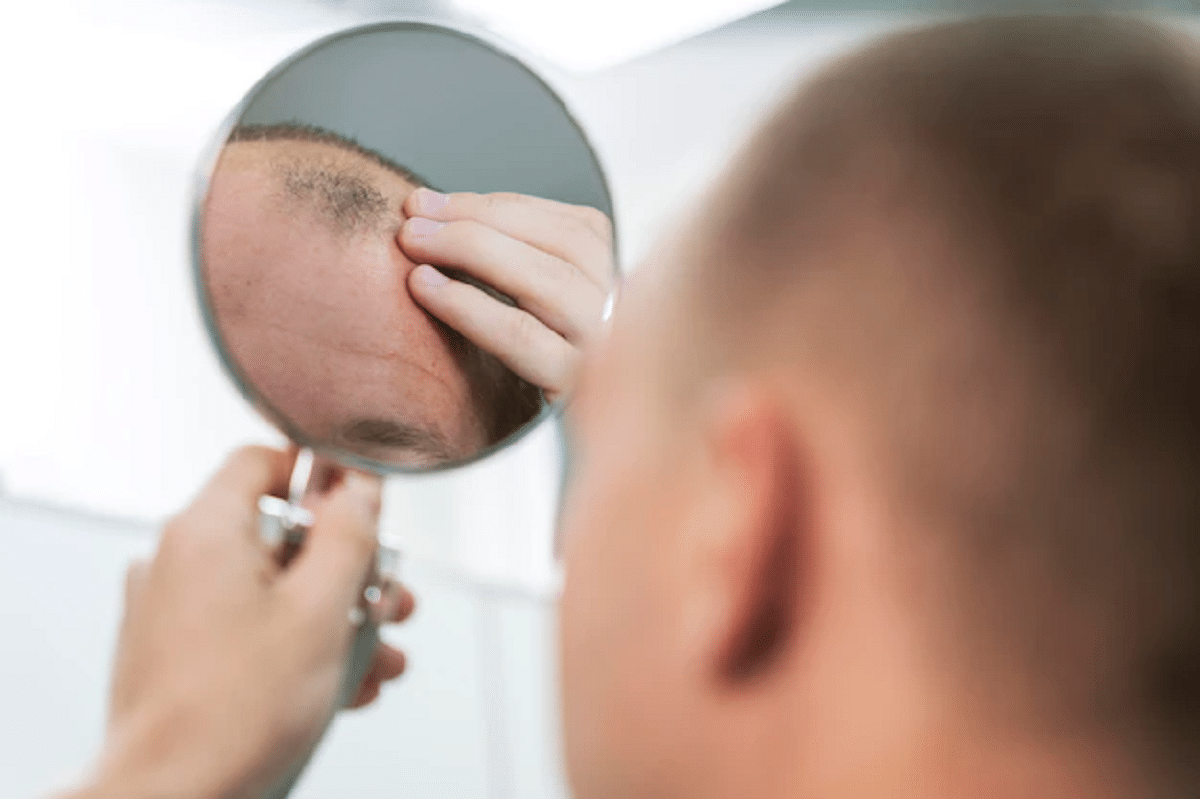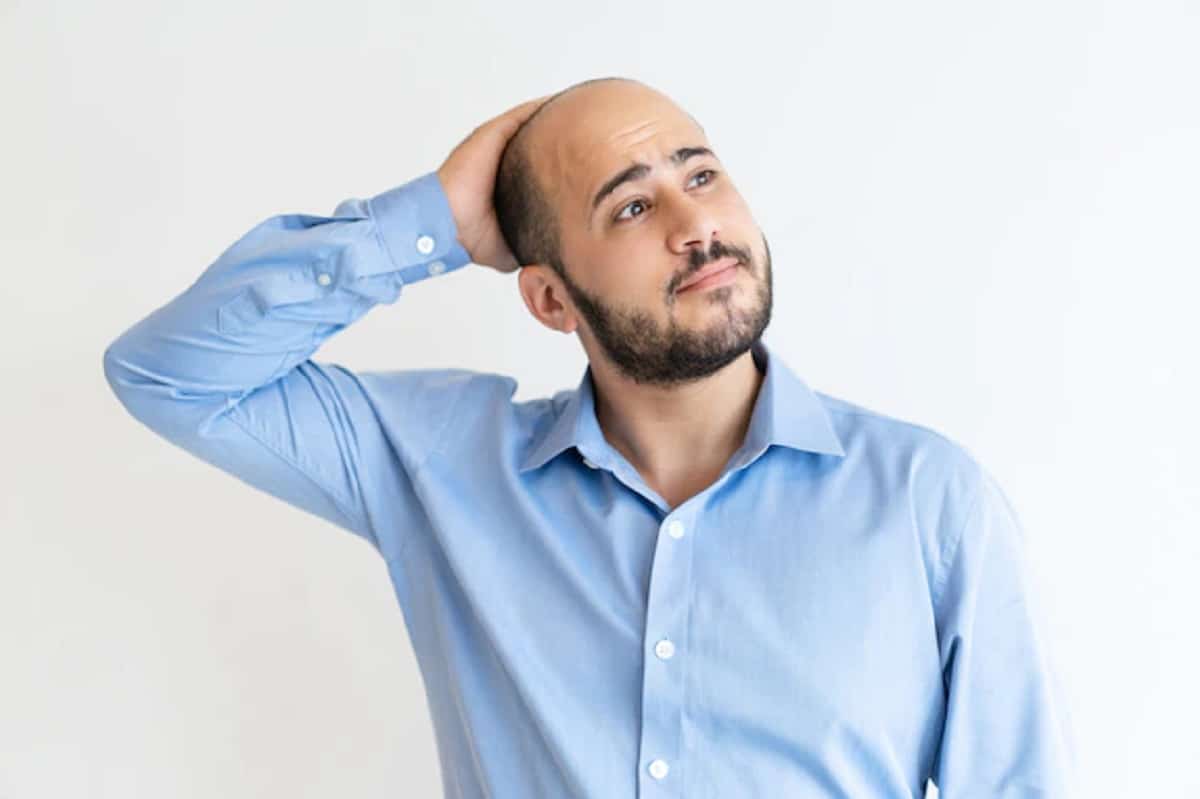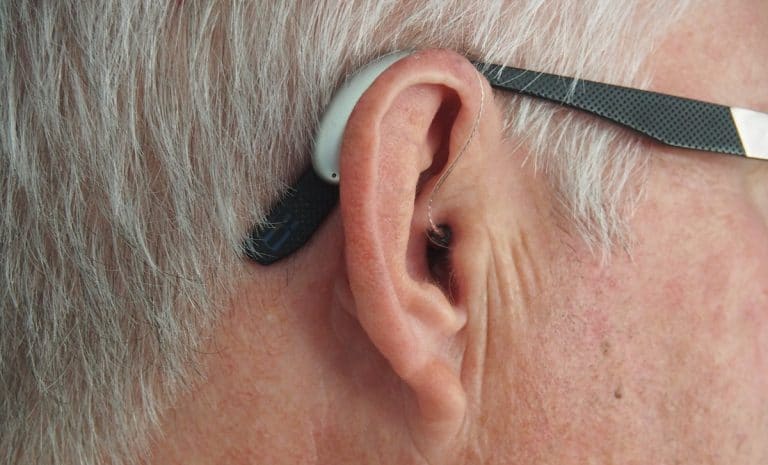In This Article
What is an FUE (follicular unit extraction) hair transplant?
In this article, Dr. G K Sharma, an outstanding hair transplant surgeon from India, will discuss what you should know about FUE hair transplants, including the FUE hair transplants cost in India.
Particular hair follicles are extracted from your skin and implanted anywhere else on your body during follicular unit extraction (FUE) hair transplantation.
The follicle in the new site will appear thicker due to this.
The “traditional” follicular unit transplantation method was considered to be substituted by FUE.
This procedure involves transplanting a whole part of the skin or scalp and the follicles to the target site.
Because FUE is less likely to result in a “hair plug” appearance, where areas of hair or skin do not match the surrounding regions, it has become more popular than FUT. It also does not leave a large scar, as does FUT.
Someone with thinning hair or balding who still has enough hair nearby to use for a transplant is the best candidate for an FUE hair transplant.
According to Dr. G K Sharma, an exceptional hair transplant surgeon from India, if you do not have adequate nutritious or dense hair to transplant to the balding or thinning area, you may not qualify for an FUE hair transplant.
In India, how much does an FUE hair transplant cost?
FUE Hair Transplant Cost In India
| LEVEL OF BALDNESS | NO. OF GRAFTS REQUIRED | AVERAGE COST OF FUE TRANSPLANT |
|---|---|---|
| IIa | 800-1400 | 21,000 to 33,000 |
| III | 1000-1600 | 24,000 to 36,000 |
| III | 1200-1600 | 27,000 to 39,000 |
| IIIa | 1400-1800 | 30,000 to 45,000 |
| IV | 1600-2200 | 33,000 to 51,000 |
| IVa | 1800-2400 | 36,000 to 54,000 |
| V | 2000-2500 | 39,000 to 57,000 |
| Va | 2200-2800 | 42,000 to 63,000 |
| VI | 2400-3000 | 45,000 to 69,000 |
| VII | 2500-3200 | 48,000 to 75,000 |
Please note that taxes will be added to your final bill by the clinic. Furthermore, the overhead cost is an estimate that is subject to change without notice.
The following factors determine the final cost of an FUE hair transplant:
- The amount of hair extracted and transplanted and the number of surgeons available in your area to perform this procedure.
- how many FUE hair transplants can your surgeon regularly perform
- how well-known or sought-after your surgeon is
- Because most health insurance plans don’t cover cosmetic procedures like this, you’ll most likely have to pay for an FUE hair transplant out of pocket.
You’ll also need to budget for prescription pain relievers and other potential side effects from the procedure.
Remember to account for time off work for recovery when calculating the cost.
This could mean three to four days at home. Most employers do not cover hair transplants as part of their medical leave policies.
What is the procedure for an FUE hair transplant?

The three-phase hair development and regrowth process shorten as you get older until grafts do not regrow hairs any longer.
Dr. G K Sharma, an expert in advanced cosmetic and hair transplant procedures like FUE and Dense Hair Implantation, says, “This procedure is unique to each individual. Some people begin to bald in their twenties, while others do not bald until much later in life.”
FUE hair transplants replace these old follicles with new follicles that can still grow hair, restoring hair.
The follicles will be nourished by blood vessels after the transplant and grow hair in the area where there was previously thin hair or balding.
FUE hair transplant procedure
The FUE procedure works as follows:
- The hair in the area where the follicles will be removed and around the transplant area will be shaved down by your surgeon.
- They will remove follicles from your skin with a micro punch tool.
- Your specialist will then implant the removed hairs into a sequence of small incisions created with a needle or other small, sharp tool.
- The hairs will be implanted into the incisions.
- For recovery, your surgeon will clean and bandage the area.
Targeted areas for treatment
The scalp is the most common location for FUE hair transplants.
They can also be used on areas of your body where hair is sparse or non-existent. The arms, legs, and genital area can all be treated with FUE.
Are there any risks or side effects?
An FUE hair transplant leaves no scars except for tiny white dots where follicles were removed. These may dissipate with time.
If you experience any of the following rare side effects, consult your doctor:
- infection symptoms
- drainage or crust where the surgery was done
- discomfort or swelling near the surgery site
- follicle bump (folliculitis)
- oozing from the surgery area
- numbness or tingling near the surgery site
- transplanted hair that does not appear like the hair near it
- balding or thinning persists even following the transplant
Following an FUE hair transplant, what can you anticipate?
FUE has a fast recuperation time. For the following three days, you may experience some swelling or discomfort.
Your doctor may give you the following aftercare instructions:
- For at least three days, don’t wash your hair or shower.
- When you first start washing your hair, use gentle, unscented shampoos for a few weeks.
- Take a couple of days off work to aid in your recovery.
- Don’t comb or brush your new hair for at least three weeks.
- For at least a week, refrain from engaging in strenuous physical activity. Wear hats, beanies, and other over-the-head clothing only if your doctor says it’s okay.
After 3 to 4 months, you’ll probably notice a difference. During the healing process, some hairs may fall out. This is perfectly normal.
Your hair may not grow back as thick as expected, depending on the health of your transplanted hair.
Last but not least
Hair transplants are a treatment option for people who have thinning hair.
According to Dr. G K Sharma, one of India‘s best hair transplant surgeons, hair transplant results are considered permanent because they cannot be reversed.
However, how your hair transplant appears after it cures does not guarantee that it will appear exact for the remainder of your life.
To be happy with your results, you’ll need to find an experienced provider who knows how to create a natural-looking, long-lasting hair transplant design.










![Home Renovation Guide [2025]](/app/uploads/2021/04/design-hacks-1-378x300.jpg)
